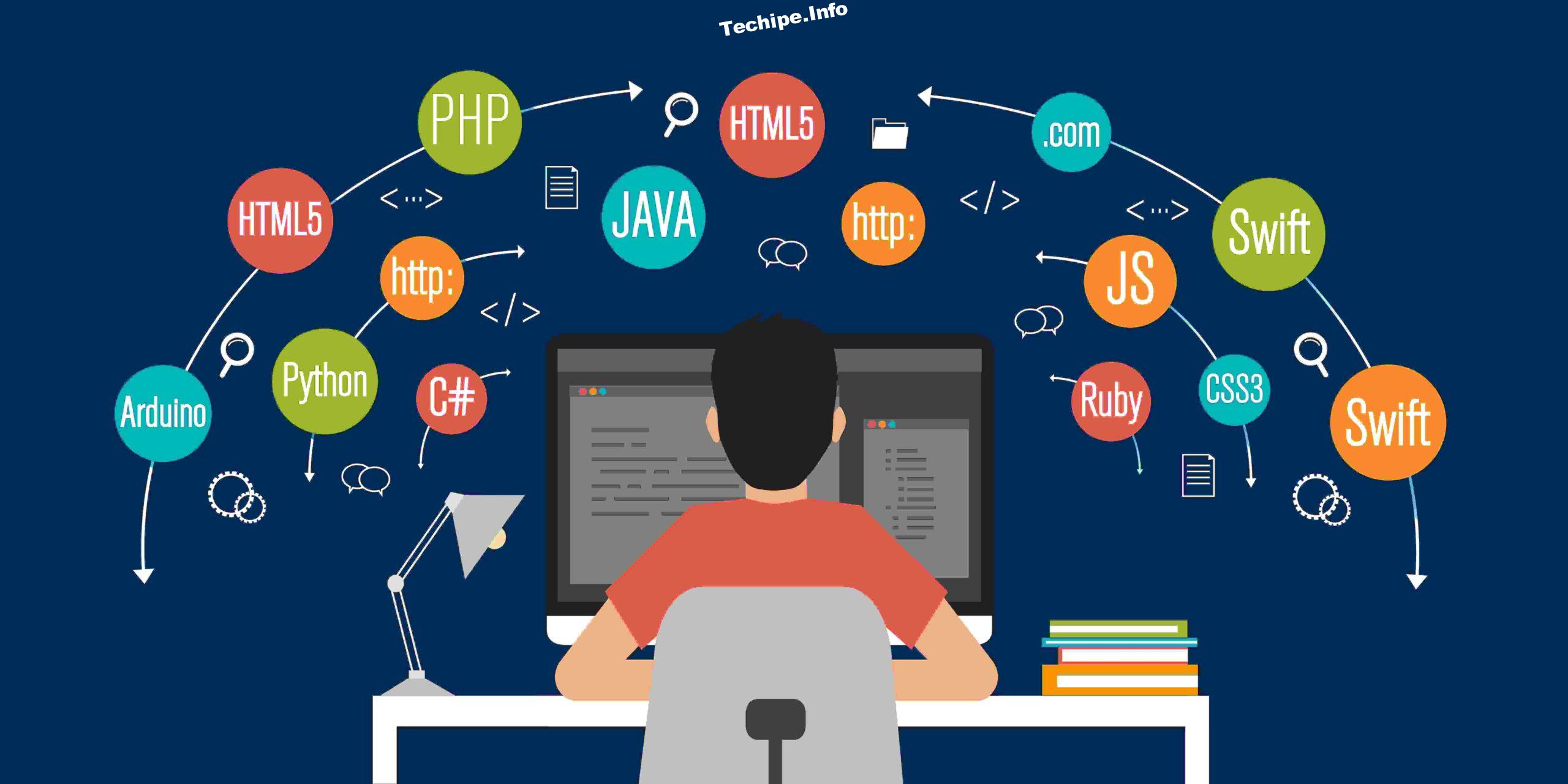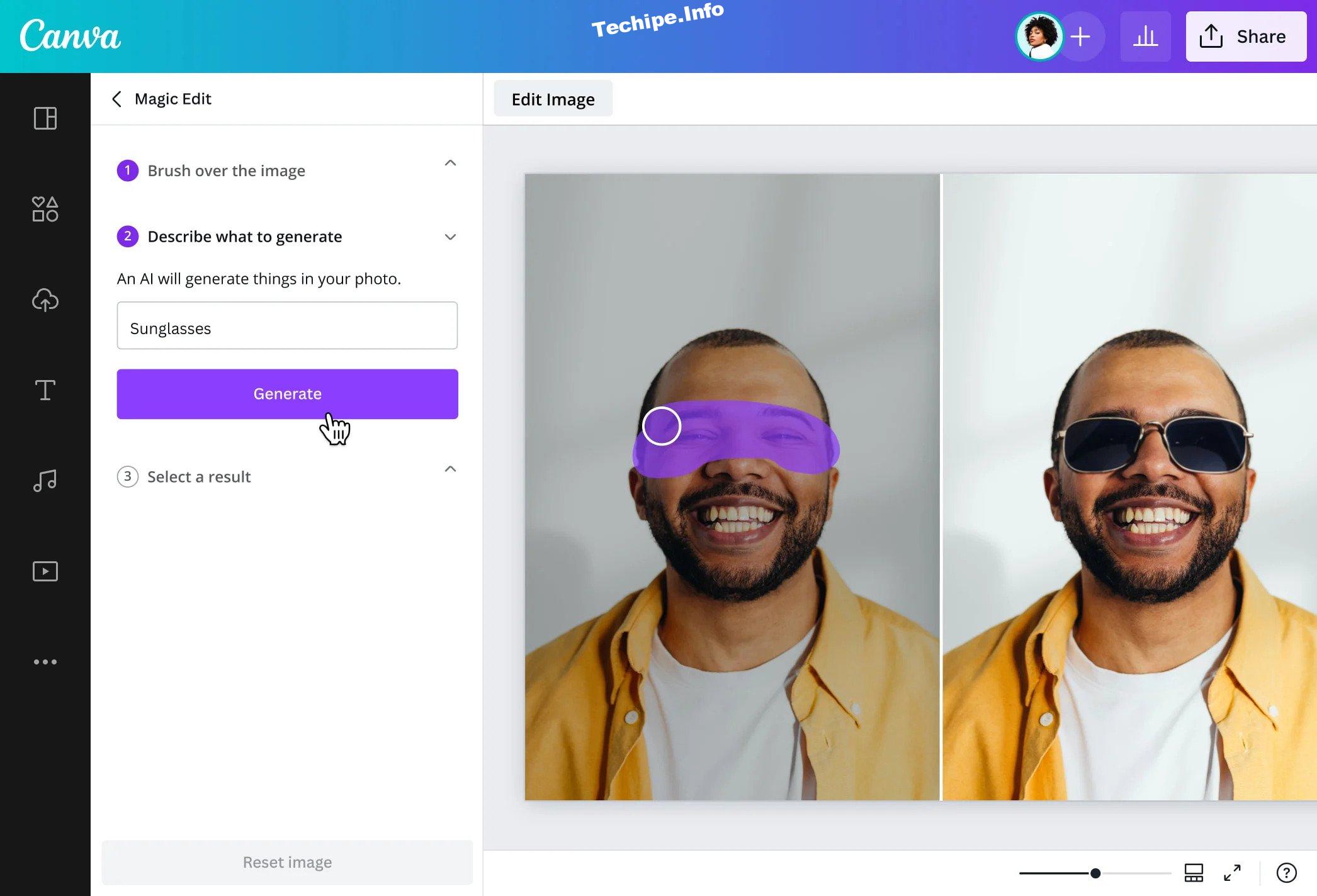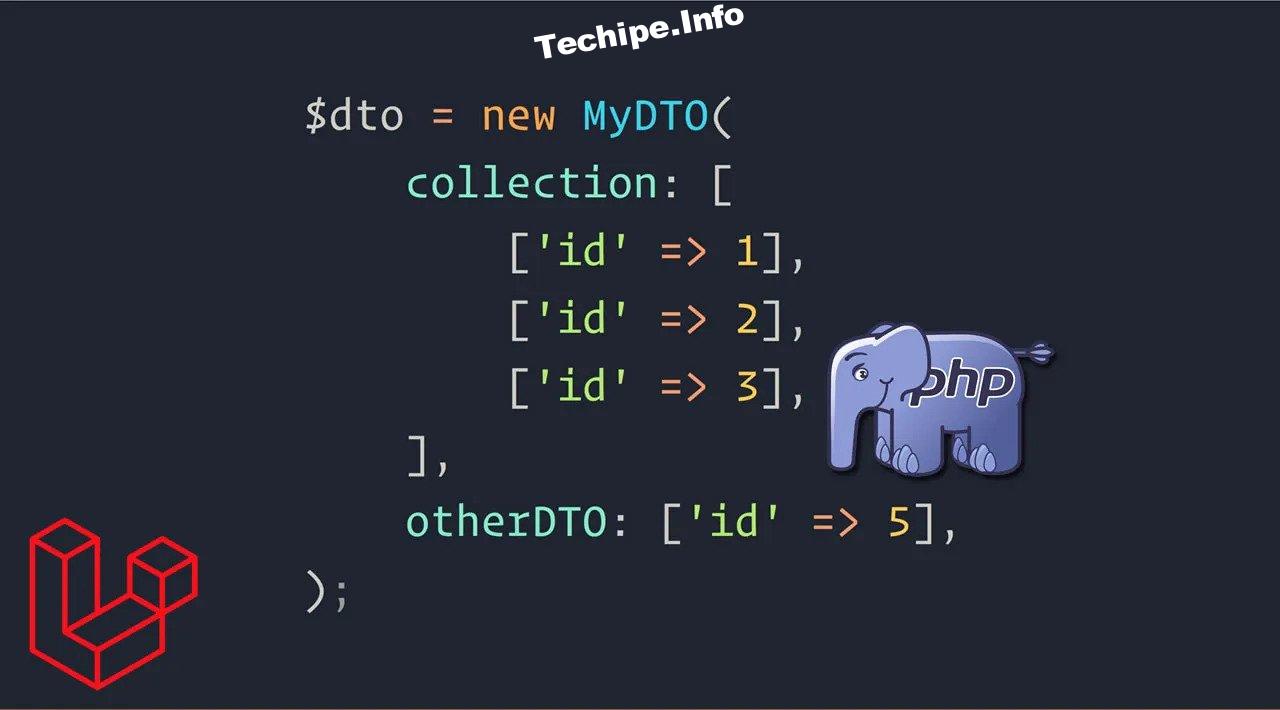Introduction
In recent years, the world has witnessed significant progress in Artificial Intelligence AI Programming Languages and its applications.. From self-driving cars to virtual assistants, AI has become an integral part of our daily lives. Behind the scenes, there are powerful programming languages that enable the development and implementation of AI systems. In this blog post, we will explore the exciting world of AI programming languages, their significance, and how they are shaping the future of technology.
1. Understanding AI Programming Languages
Defining AI Programming Languages
AI programming languages are specialized programming languages designed for developing and implementing artificial intelligence systems. These languages provide the necessary tools, libraries, and frameworks to create intelligent algorithms, train machine learning models, and enable the integration of AI functionalities into various applications.
Importance of AI Programming Languages
AI programming languages play a crucial role in shaping the capabilities and efficiency of AI systems. They provide developers with the tools and resources needed to build intelligent applications and solve complex problems. By leveraging AI programming languages, developers can harness the power of machine learning, natural language processing, computer vision, and other AI techniques.
2. Key AI Programming Languages
There are several programming languages that are widely used in the field of AI. Let’s explore some of the prominent ones:
Python
Python is considered the de facto language for AI programming. Its simplicity, readability, and extensive collection of libraries make it a preferred choice among developers. Python’s versatility allows seamless integration with AI frameworks like TensorFlow, PyTorch, and scikit-learn, enabling the development of sophisticated AI models and applications.
TensorFlow
TensorFlow is an open-source framework for building machine learning and deep learning models. Developed by Google, TensorFlow provides a comprehensive ecosystem for designing, training, and deploying AI systems. With its scalable architecture and support for distributed computing, TensorFlow is widely used in areas such as computer vision, natural language processing, and reinforcement learning.
Java
Java, known for its robustness and scalability, is another programming language utilized in AI development. Its rich set of libraries and frameworks, such as Deeplearning4j and DL4J, enable developers to create powerful AI applications. Java’s ability to handle big data and its compatibility with enterprise systems make it a suitable choice for AI projects in industries like finance and healthcare.
R
R is a programming language specifically designed for statistical computing and data analysis. With its extensive range of statistical and graphical techniques, R is often used in AI projects that involve data exploration, modeling, and visualization. Its flexibility and compatibility with other programming languages make it a valuable tool for statisticians and data scientists.
Julia
Julia is a high-level, high-performance programming language developed for scientific computing. Its focus on speed and efficiency makes it well-suited for AI applications that require complex numerical computations. Julia’s ease of use, extensive mathematical libraries, and compatibility with other languages make it an emerging choice for AI researchers and developers.
3. Python: The Language of Choice for AI
Python’s Versatility
Python’s versatility is one of the primary reasons it has become the language of choice for AI development. Its simple and readable syntax allows developers to write clean and concise code, increasing productivity and reducing development time. Moreover, Python’s extensive standard library and vast ecosystem of third-party libraries provide ready-to-use tools for AI-related tasks.
Abundance of Libraries and Frameworks
Python boasts a rich collection of libraries and frameworks dedicated to AI and machine learning. Libraries like NumPy, pandas, and matplotlib facilitate data manipulation, analysis, and visualization. Additionally, frameworks such as TensorFlow, PyTorch, and Keras provide powerful tools for building and training neural networks and implementing advanced AI algorithms.
Easy Integration with Other Technologies
Python’s compatibility with other programming languages and technologies makes it highly adaptable for AI projects. It can seamlessly integrate with languages like C++, allowing developers to utilize existing code or leverage high-performance computing capabilities. Python’s flexibility and interoperability enable the integration of AI functionalities into web applications, IoT devices, and other software systems.
4. TensorFlow: Empowering Deep Learning
Introduction to TensorFlow
TensorFlow is an open-source deep learning framework developed by Google. It provides a flexible and scalable platform for building and deploying machine learning models. TensorFlow’s core functionality revolves around the concept of tensors, which are multidimensional arrays used to represent data. These tensors flow through a computational graph, where operations are performed to train and evaluate models.
TensorFlow’s Features and Capabilities
TensorFlow offers a wide range of features and capabilities that empower developers in their AI endeavors. It provides pre-built neural network architectures, optimization algorithms, and evaluation metrics, simplifying the process of model creation. TensorFlow’s support for distributed computing enables training large-scale models on clusters or specialized hardware like GPUs and TPUs.
Real-World Applications of TensorFlow
TensorFlow has found extensive applications across various domains. In computer vision, TensorFlow powers image classification, object detection, and facial recognition systems. Natural language processing tasks, such as sentiment analysis and machine translation, also benefit from TensorFlow’s capabilities. Moreover, TensorFlow’s integration with the TensorFlow Extended (TFX) ecosystem enables end-to-end machine learning pipelines in production environments.
5. Java: Robustness and Scalability
Why Java is Relevant in AI Programming
Java’s reputation for reliability, scalability, and security makes it an attractive choice for AI development. As AI systems often deal with sensitive data and complex computations, Java’s strong typing, exception handling, and memory management features provide robustness and stability. Additionally, Java’s popularity in enterprise environments ensures compatibility with existing systems and integration with backend infrastructure.
Java’s Strengths in Handling Big Data
Big data is a critical component of many AI applications, and Java’s capabilities in processing large datasets are invaluable. Java offers efficient data handling through libraries like Apache Hadoop and Apache Spark, enabling distributed data processing and analysis. Furthermore, Java’s support for parallel computing enhances the performance of AI algorithms, especially when dealing with massive datasets.
Deploying AI Systems with Java
Java’s platform independence and extensive deployment options make it suitable for deploying AI systems. Java applications can run on various platforms, including servers, cloud infrastructure, and embedded systems. This flexibility allows AI solutions developed in Java to be easily integrated into different environments and deployed at scale.
6. R: Statistical Computing and Data Analysis
R’s Role in AI and Machine Learning
R has gained popularity in the field of AI and machine learning due to its comprehensive set of statistical functions and packages. It provides an extensive collection of algorithms and techniques for data analysis, hypothesis testing, and predictive modeling. R’s statistical capabilities make it an excellent tool for researchers and data scientists working on AI projects.
R’s Statistical Computing Capabilities
R excels in statistical computing, offering a wide range of built-in functions for descriptive statistics, probability distributions, regression analysis, and more. It provides advanced statistical modeling techniques, such as linear and nonlinear regression, decision trees, and clustering algorithms. R’s visualization capabilities allow users to create informative plots and graphs to explore and present data insights.
Data Analysis and Visualization with R
R’s integration with data manipulation libraries like dplyr and tidyr simplifies data preprocessing and cleaning tasks. Its visualization packages, such as ggplot2, provide a flexible and intuitive way to create visually appealing plots and charts. R’s ability to handle large datasets efficiently, combined with its statistical computing capabilities, makes it a popular choice for data analysis in AI projects.
7. Julia: High-Performance Computing
Overview of Julia Programming Language
Julia is a relatively new programming language designed for high-performance computing and scientific computing. Its syntax is similar to traditional programming languages like Python, making it accessible to developers. However, Julia’s key strength lies in its speed and efficiency, as it combines the flexibility of dynamic languages with the performance of compiled languages.
Julia’s Focus on Performance
Julia was specifically built to address the performance limitations faced by other programming languages in scientific computing. It achieves high performance by leveraging just-in-time (JIT) compilation techniques, allowing Julia code to approach the speed of statically typed languages like C and Fortran. Julia’s performance capabilities make it ideal for computationally intensive AI tasks and simulations.
Utilizing Julia for AI and Scientific Computing
Julia’s extensive mathematical libraries and parallel computing capabilities make it well-suited for AI applications involving complex mathematical computations. It provides specialized packages for machine learning, numerical optimization, and signal processing. Julia’s ability to seamlessly call functions written in other languages, such as C and Python, enhances its versatility and integration with existing AI frameworks.
Conclusion
AI programming languages are at the forefront of driving innovation and enabling the development of intelligent systems. Python, TensorFlow, Java, R, and Julia are just a few examples of the diverse range of languages available for AI development. Each language offers unique features and advantages that cater to different aspects of AI, such as data manipulation, deep learning, statistical analysis, and high-performance computing. As AI continues to evolve, these programming languages will play a vital role in shaping the future of technology.
[WPSM_AC id=7949]








Leave a Reply